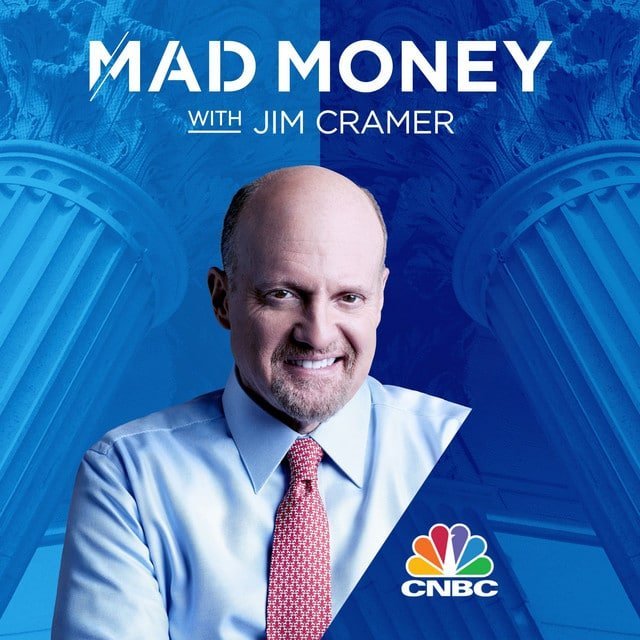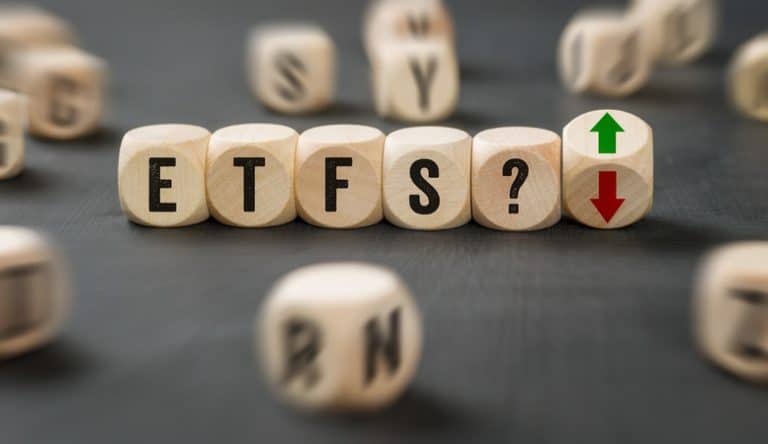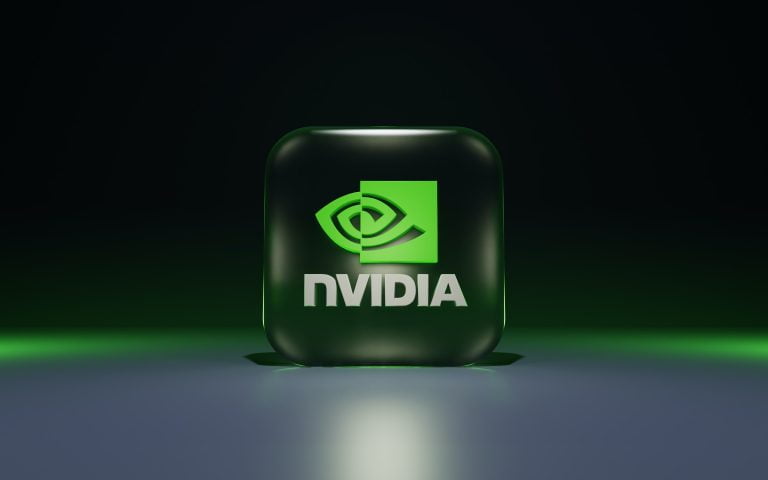The financial firm Tuttle Capital Management has launched two new exchange-traded funds (ETFs) that allow investors to bet on the daily stock picks made by CNBC’s Jim Cramer on his show “Mad Money”. The SJIM ETF is designed to perform the opposite of Cramer’s recommendations, while the LJIM ETF backs his picks. Both ETFs consist of a few dozen equally weighted equity securities of any market capitalization and carry an expense ratio of 1.2%. The SJIM fund’s volume was 12 times that of the LJIM on its first day of trading.
The strategy of Tuttle Capital Management’s new exchange-traded funds (ETFs) that allow investors to bet on the daily stock picks made by CNBC’s Jim Cramer on his show “Mad Money” is relatively straightforward.
The LJIM (Long Cramer ETF) backs the stock picks made by Cramer on his show, with the aim of profiting from their success. Meanwhile, the SJIM (Inverse Cramer ETF) is designed to perform the opposite of Cramer’s recommendations, with the aim of profiting from their failure.
Both ETFs generally consist of a few dozen equally weighted equity securities of any market capitalization, with holdings based on Cramer’s recommendations from the show and social media. The funds aim to hold positions for no longer than a week under normal circumstances. The funds use an active management approach, with much discretion used when deciding what to go long and short based on what Cramer says. Under normal circumstances, at least 80% of the SJIM fund is invested in the inverse of securities mentioned by Cramer.
Cramer and Tuttle have had a feud over Tuttle’s creation of the SJIM and LJIM ETFs. Tuttle has publicly stated that the new funds are designed to provide some level of accountability for Cramer’s stock picks, as he believes that there is none in the media. Cramer, in turn, has welcomed the creation of the funds and has stated that he has been betting against others for over 42 years, and he welcomes all comers. While CNBC, where Cramer has been hosting “Mad Money” since 2005, has thrown its support behind him, Tuttle has gone ahead with the creation of the funds, which allows investors to bet on Cramer’s daily stock picks.





